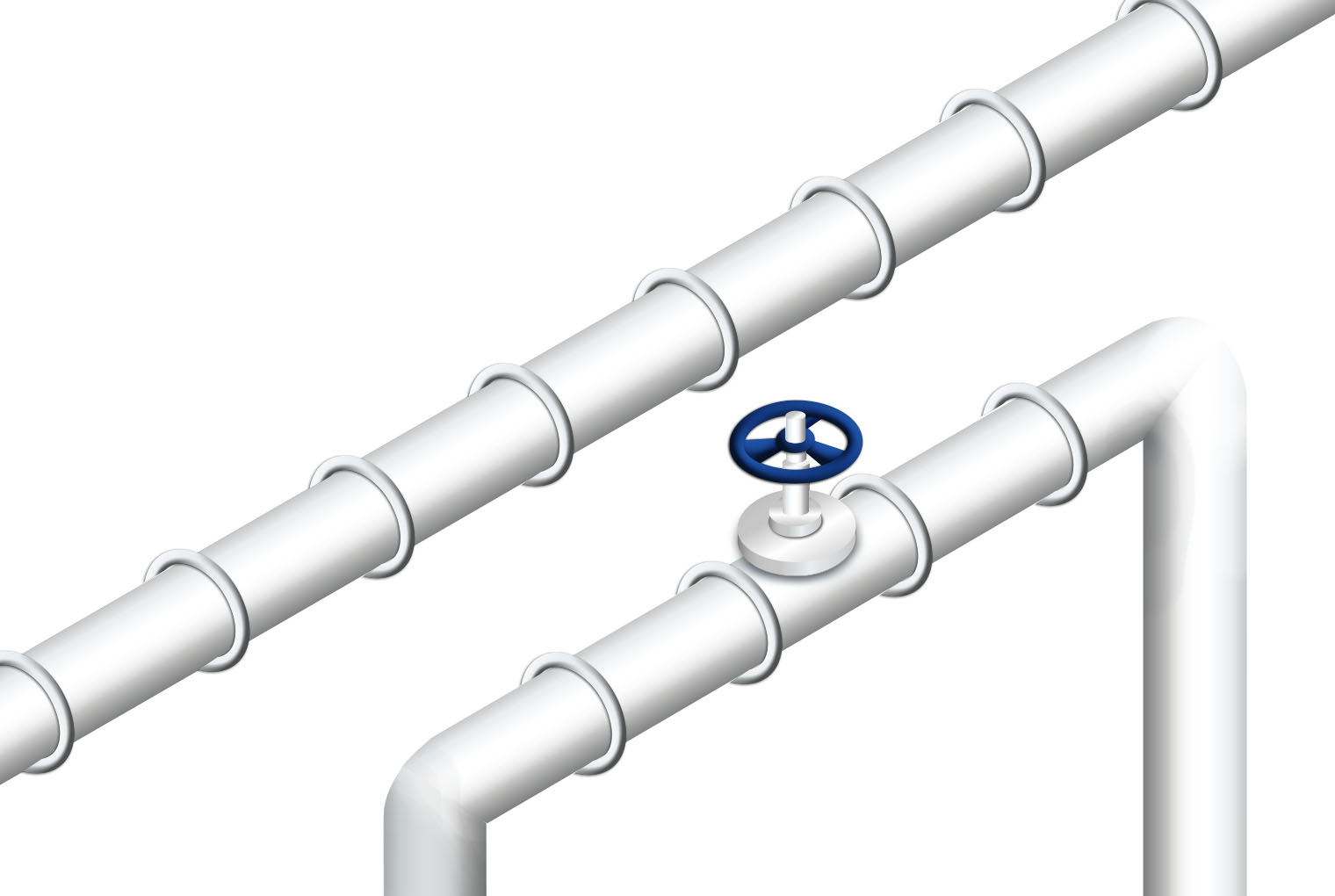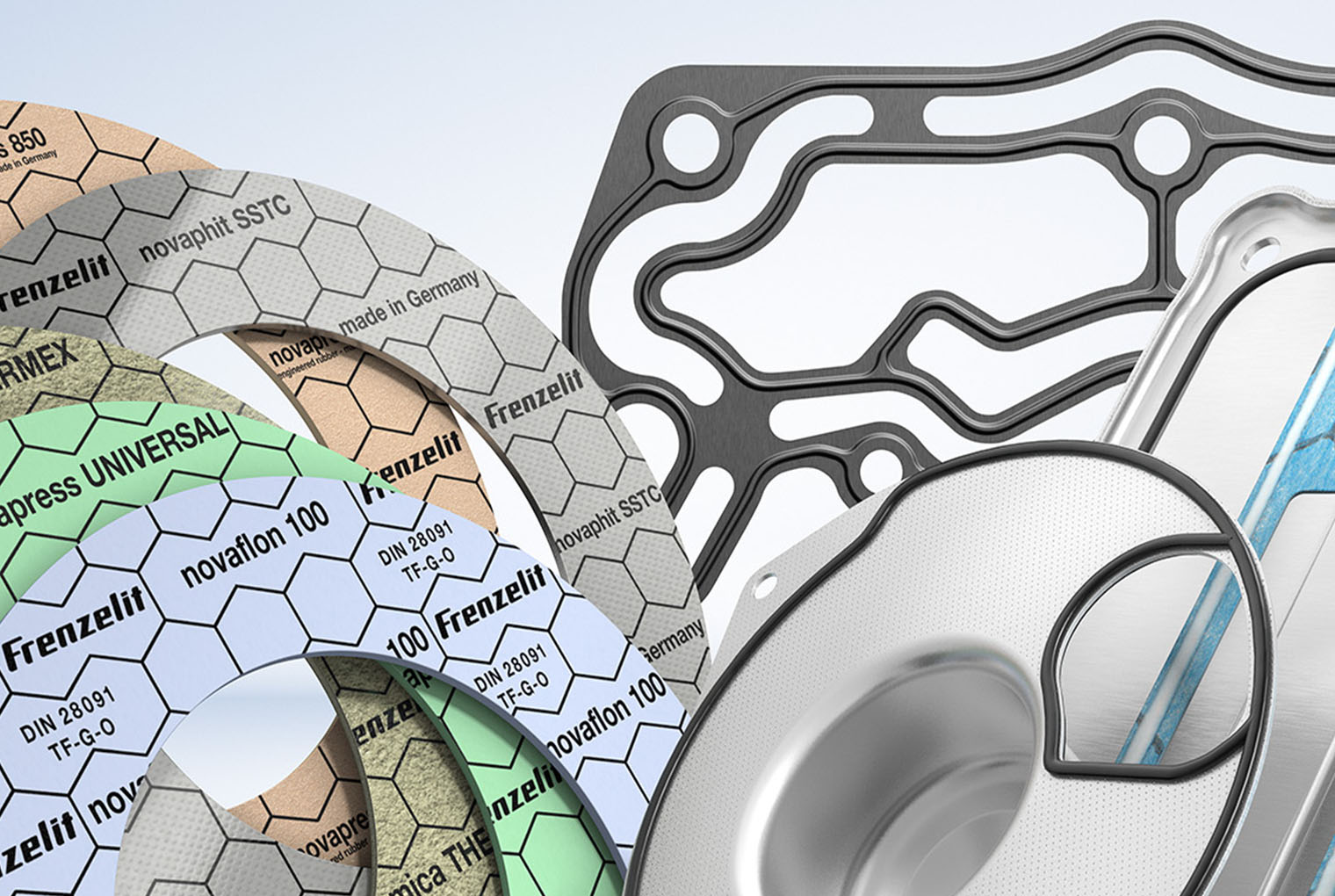
Renewable energies – an energy landscape in flux
The necessity is clear: Carbon emissions must be reduced and fossil energy sources must be replaced by renewable energies: The decarbonization of our energy system is one of the most important projects for our future.
Diversity in the power generation landscape
The many new power generation methods all have different requirements with regard to temperature, medium and pressure – particularly for gasket and insulation materials. Special solutions are required, and Frenzelit is the right partner for these solutions.

Concentrated solar power
Collectors bundle the solar energy in these plants. The energy heats the medium in a central tower, converting it to steam that drives a turbine, generating electricity. Frenzelit is applying its expertise in high temperature-resistant composite materials to current research projects.
Practical experience: Heat-resistant materials in a biomass thermal power station
Temperatures of up to 900 °C are generated when wood chips are burned. Standard gaskets are out of the question when sealing and insulating the areas between the combustion chamber and the reformer. Frenzelit created the perfect solution: A combination of novamica®THERMEX and novaphit®SSTCTA-L.

Gas lines: Sealed equals efficient
The distribution of energy in the form of gas is an important supplement to electricity networks during the transition to renewables. This gas is used for heating or for power generation in a power plant. Currently, it is usually fossil-based natural gas that flows through the lines. Frenzelit gaskets help reduce leaks and prevent the valuable raw material from being lost.
Practical experience: Gas transfer station: Zero leakages!
The use of novapress® 850 in flange connections, e.g., in transfer stations, helps reduce gas leakage to a minimum. This innovative sealing material can be installed dry, without grease and without the use of “sealing agents”. Its extraordinary material properties make it possible to achieve leakage values of 0 ppm, while competing materials measure values in the six-digit range.
Secure sealing of hydrogen
A small quantity of hydrogen is already being added to gas in gas networks. In the future, such networks may carry “green” hydrogen generated by renewable energies instead of natural gas. This is a big step in the transition to renewables, but it poses major challenges for the gaskets in the pipe systems, tanks and fittings.
Hydrogen has a very low mass and size, and is therefore correspondingly more difficult to seal off. It is also an extremely combustible and potentially explosive gas – technical safety aspects therefore play a major role.

As there are practically no official standards for gasket materials in hydrogen applications, Frenzelit carries out its own tests for sealing performance verification. We offer a complete portfolio of H2-tested products for safe and efficient hydrogen applications.
Da bisher kaum offizielle Normen für Dichtungsmaterialien in Wasserstoffanwendungen existieren, führt Frenzelit eigene Prüfungen für einen Dichtigkeitsnachweis durch. Wir bieten ein ganzes Portfolio an H2-geprüften Produkten für sichere und effiziente Wasserstoffanwendungen.
As there are practically no official standards for gasket materials in hydrogen applications, Frenzelit carries out their own tests for sealing performance verification. We offer a complete portfolio of H2-tested products for safe and efficient hydrogen applications.
Future world – hydrogen
Read our special article about hydrogen. More about the topics of electrolysis, fuel cells, etc. – plus an overview of the highly specialized materials made by Frenzelit.
Storage: Compensating supply bottlenecks
Renewable energy is not always available in the required quantities at the right time or location. Intelligent solutions are needed to store any excess generated energy:
Thermal energy is stored in a solar thermal power station. Other power stations use stored water or compressed air from caverns for electricity generation.
Im Solarwärmekraftwerk wird thermische Energie gespeichert. Andere Kraftwerke nutzen gespeichertes Wasser oder Druckluft aus Kavernen zur Stromerzeugung.
Thermal energy is stored in a solar thermal power station. Other power stations use stored water or compressed air from caverns for electricity generation.
On a smaller scale, electricity can be chemically stored in batteries, e.g., in combination with a rooftop solar system.
In eher kleinem Maßstab lässt sich Strom chemisch in Batterien speichern, z.B. in Kombination mit einer Solaranlage auf dem Dach.
On a smaller scale, electricity can be chemically stored in batteries, e.g., in combination with a rooftop solar system.
A highly promising solution is to use excess electricity to generate hydrogen. This can then be stored over the long term, distributed via pipeline and used flexibly.
Eine vielversprechende Lösung ist, den überschüssigen Strom zu nutzen, um damit Wasserstoff zu erzeugen. Dieser kann dann langfristig gelagert, über das Rohrleitungsnetz verteilt und flexibel genutzt werden.
A highly promising solution is to use excess electricity to generate hydrogen. This can then be stored over the long term, distributed via pipeline and used flexibly.

The best gasket for more efficiency
The same rule applies to all storage technologies: Good sealing and insulation prevents losses, improves efficiency and increases safety. Our portfolio offers products for supply and discharge lines, pumps, fittings and flange connections in pipelines and vessels.
Energy storage and fire protection
Batteries and accumulators used as energy storage media also create completely new requirements regarding fire protection. Find out more in our future world “Fire protection”.










